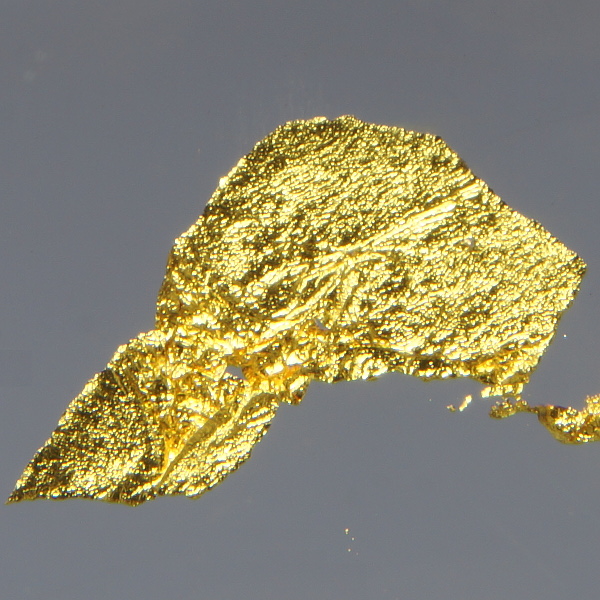

Periodic Table of Elements: Los Alamos National Laboratory. Periodic Table of Elements: Los Alamos National Laboratory.Atomic Weight of Gold | Commission on Isotopic Abundances and Atomic Weights.

Atomic Weight of Gold | Commission on Isotopic Abundances and Atomic Weights.Gold – Element Information, Properties and Uses | Periodic Table. Gold – Element information, properties and uses | Periodic Table.Recommended values of temperature on the International Temperature Scale of 1990 for a selected set of secondary reference points. The European Physical Journal C, 15(1–4), 78–79. Nature’s Building Blocks: An A-Z Guide to the Elements. Interpreting and propagating the uncertainty of the standard atomic weights (IUPAC Technical Report). Gold can conduct very small electric currents and hence it is also used in some electrical devices.Gold is nonallergic and hence it is also used in dentistry.Medals and trophies are also made of gold metal.In ancient times, gold coins were used as a currency.Most of the gold (around 78%) is used in making ornaments and jewelry.At higher temperatures, gold shows chemical reaction with highly reactive element fluorine and forms gold (III) fluoride.The powdered form of gold reacts with chlorine to form AuCl 3.Gold is chemically inert to most of the acids, but it dissolves in aqua regia.The common oxidation states of gold are +1 and +3.Gold is highly resistive metal and it does not corrode.The melting point and boiling point of gold is 1337 K and 3243 K respectively.The density of gold is 19.3 g/cm 3 and its atomic mass is 196.97 amu.Gold metal can also conduct heat and electricity.Gold is the only metal that has a yellowish lustrous surface.Here is a list of some physical properties and chemical properties of gold. Around 78% of the total gold is used in jewelry.Gold is available from earth’s crust as well as ocean.South Africa produces around 2/3 rd of the total gold which makes it a leading producer of gold in the world.Gold is a very ancient element and it has been known since ancient times.The name gold came from the Latin word “aurum”.Here are a few interesting facts about the gold element. H He Li Be B C N O F Ne Na Mg Al Si P S Cl Ar K Ca Sc Ti V Cr Mn Fe Co Ni Cu Zn Ga Ge As Se Br Kr Rb Sr Y Zr Nb Mo Tc Ru Rh Pd Ag Cd In Sn Sb Te I Xe Cs Ba La* Hf Ta W Re Os Ir Pt Au Hg Tl Pb Bi Po At Rn Fr Ra Ac** Rf Db Sg Bh Hs Mt Ds Rg Cn Nh Fl Mc Lv Ts Og * Ce Pr Nd Pm Sm Eu Gd Tb Dy Ho Er Tm Yb Lu ** Th Pa U Np Pu Am Cm Bk Cf Es Fm Md No LrĬlick on above elements in the periodic table to see their information. Appearance of gold Yellow shiny metallic luster Atomic number of gold 79 Symbol of gold Au Atomic mass of gold 196.97 u Protons, Neutrons & Electrons in gold Protons: 79, Neutrons: 118, Electrons: 79 State of gold (at STP) Solid Group number of gold in periodic table 11 Period number of gold in periodic table 6 Block of gold in periodic table d-block Category of gold Transition metal Bohr model or Electrons per shell or Electrons arrangement in gold 2, 8, 18, 32, 18, 1 Electron configuration of gold 4f 14 5d 10 6s 1 Orbital diagram of gold Electronegativity of gold (on pauling scale) 2.54 Atomic radius of gold (van der Waals radius) 166 picometers Density of gold 19.3 g/cm 3 1st ionization energy of gold 9.226 eV Main isotope of gold 197Au Melting point of gold 1337 K or 1064 ☌ or 1947 ☏ Boiling point of gold 3243 K or 2970 ☌ or 5378 ☏ Crystal structure of gold Face Centered Cubic (FCC)Īlso see: Interactive Periodic Table (It has rotating bohr models as well as many other details of all the 118 elements in a single periodic table). The important data related to gold element is given in the table below. Uses of Gold Gold Element (Information Table).There is a lot more information related to gold which is mentioned in the Information Table given below. Gold is in the d-block and it is classified as a transition element on the periodic table. Gold element (Au) is in group 11 and period 6 of a periodic table.


 0 kommentar(er)
0 kommentar(er)
